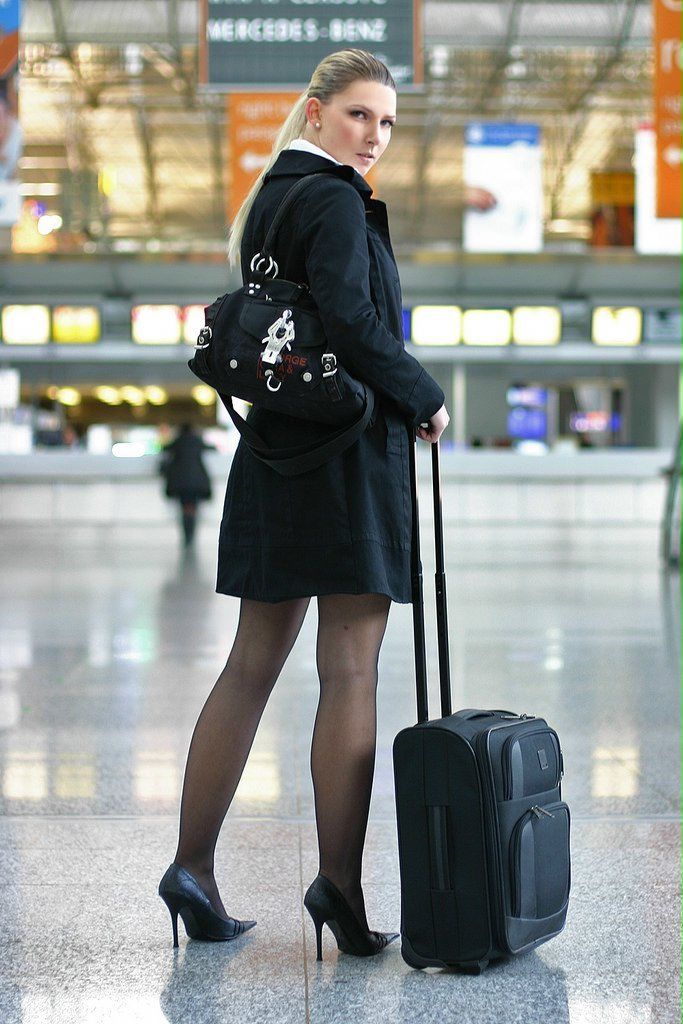The decision regarding how to handle the remains of a loved one—between cremation and burial—can seem daunting. I vividly recall the heartfelt discussions my family had following the passing of my grandmother. Being part of those conversations was both emotional and enlightening. Each member had their own unique preferences, steeped in a mix of personal beliefs, cultural traditions, and even environmental considerations. For expanding your understanding of the subject, we suggest exploring this thoughtfully chosen external site. Please click the following web site, discover additional information and interesting viewpoints about the subject.
One of the most poignant insights from those moments was the revelation of how much our choices are shaped by our individual experiences and values. For example, my aunt felt a profound connection to burial, influenced by the long-standing traditions of our family. Her cherished memories of seeing loved ones laid to rest in the same cemetery created a powerful emotional bond. On the other hand, my cousin advocated for cremation, focusing on simplicity and the flexibility it afforded for a memorial service that could be more personalized.
It was intriguing to see how each perspective colored our discussions, guiding the path of our decision-making process. It underscored the significance of empathetic listening and understanding in these delicate matters, ultimately leading to a more thoughtful and heartfelt choice.
Environmental Considerations
As we navigated our options, environmental concerns surprisingly became a central theme. Nowadays, many people desire to minimize their ecological footprint—even in death. Cremation typically requires less land compared to burial, which often entails numerous needs like caskets, vaults, and grave markers. We were startled to discover how traditional burials could consume land that might otherwise serve as parks or agricultural spaces.
Our discussions frequently veered into the concept of “green burials.” This eco-friendly alternative permits natural decomposition without the application of harmful chemicals or elaborate caskets—often just simple shrouds. This practice is gaining traction among those who hope their final resting place benefits the earth rather than detracting from it. It led to an engaging conversation in our family about the long-term impacts of our choices, and we all started to appreciate the notion of leaving a lighter environmental footprint.
Practical Considerations
Another critical aspect we considered was the practicality of each option. As our dialogues unfolded, so did the logistical realities. Choosing cremation tends to entail fewer ongoing responsibilities—there’s no need to maintain a burial site or frequently purchase flowers that wilt and fade. This practicality resonated with several family members who were genuinely engaged by the potential costs wrapped up in traditional burials.
Conversely, some saw burial as a comforting option that provides a tangible space for loved ones to visit. During our discussions, my cousin, who decided on cremation for his father, highlighted how he found peace in the notion of having a specific location to remember him. He creatively integrated his father’s ashes into a memorial garden at home, crafting a personal and unique space for remembrance. Meanwhile, others in the family viewed traditional burial as a means of forging a rich family history, a place where future generations could run their fingers along the roots of our lineage.
Cultural and Religious Influences
Cultural and religious factors played a significant role in shaping our conversations, influencing opinions and preferences regarding end-of-life practices. For some members, cultural customs dictated that burial was the only truly respectful option. I distinctly remember my uncle sharing how his faith underscores the sanctity of the physical body, which deeply impacted his perspective on cremation. This dialogue opened up pathways for understanding the deeper emotions behind our decisions.
Throughout our conversations, we grew to appreciate how different cultures offer their own beautiful rituals surrounding death. Be it a memorial service following cremation or gathering together at a gravesite for a burial, each practice provides an opportunity for remembrance and celebration of life. This understanding ultimately fostered a sense of unity among us, allowing us to honor our diverse backgrounds while seeking common ground.
Moving Forward Together
In the end, navigating the choice between cremation and burial is deeply personal, intertwining thoughts, feelings, and beliefs. Our family dialogues revealed that openness and honesty can significantly lighten the burden of choosing between these two paths. We emerged from these conversations with a richer understanding, not just of our individual needs, but also of the shared values that bind us together as a family. Complement your reading and expand your knowledge of the topic with this specially selected external content. https://www.heflebowerfuneralservices.com, uncover fresh viewpoints and supplementary details!
As we face these decisions in the future, I find comfort in knowing we will approach them with a blend of love, respect, and understanding, cherishing the beautiful memories we have together. Ultimately, it’s not solely about how we part with our loved ones; it’s about honoring their legacies in the years ahead. Life and death remind us of the importance of embracing every moment and connection we share.
Deepen your knowledge on the topic with the related posts we’ve specially chosen for you. Check them out:



